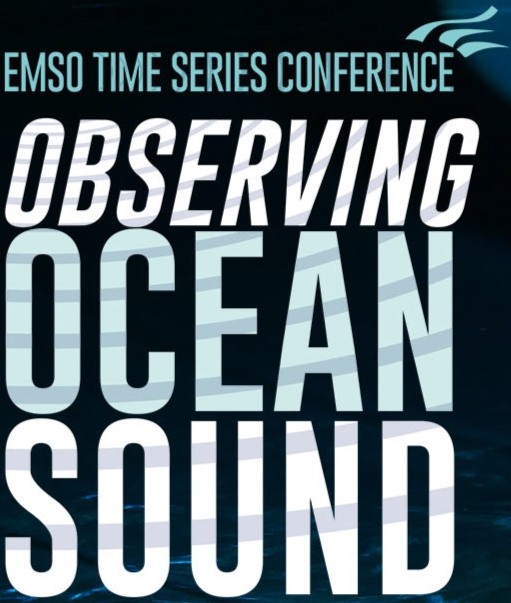
S.M. Jesus sjesus(at)ualg.pt and
P.J. Santos pjsantos(at)ualg.pt
LarSys, Universidade do Algarve, Campus de Gambelas, PT-8005-139 Faro, Portugal.
Comments: training session zip.
Ref.: EMSO Time Series Conf. Observing Ocean Sound, Gran
Canaria (Spain), October 20-22 2021.
Abstract
At the macroscopic level the relevant parameter for studying ocean sound is acoustic pressure.
However, at the sub-wavelength level and close to shores / acoustic surfaces, the particle
velocity field shows significant departures from the acoustic pressure field. So, particle
velocity and acoustic pressure are two manifestation of the same phenomena at two different
spatial scales. There are two important aspects related to particle motion/velocity: one is
that many marine animals, including fish and cetaceans, are extremely sensitive to it, and
the other is that while acoustic pressure is scalar, particle velocity is vectorial and
therefore allows for determining not only its strength but also the wavefield direction,
which is of paramount importance in many underwater applications. This training session
explores these two aspects with the objective of providing the necessary understanding of
the role of particle velocity to ocean observation, including the impact of sound on marine
life. For many years particle velocity measurements in the ocean was impossible or extremely
difficult due to either too sensitive sensors picking up noise and interference, or due to
bulky or delicate sensors difficult to deploy and operate in the field. Nowadays, the situation
has significantly improved with vector sensor measurements being widely accessible, and
applications starting to appear in many diverse fields. These will be reviewed with practical
example highlights, as well as suggestions for deployment strategies and data analysis techniques.